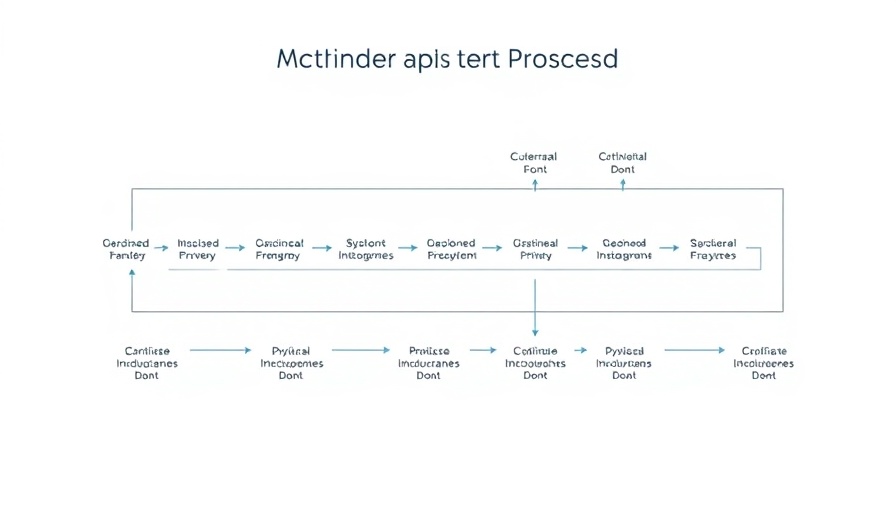
Unveiling the Importance of Optimizing Algorithms
The advent of the information age has vastly transformed industries, all hinged on the backbone of mathematical computations. Optimizing these algorithms is especially crucial as it not only impacts efficiency but also controls operational costs, particularly in fields like machine learning and artificial intelligence.
Understanding Optimal Transport in Practical Terms
At its core, the Optimal Transport (OT) problem relates to efficiently moving goods from multiple warehouses to various stores. Each entity presents unique challenges: warehouses have different quantities available while stores have distinct demands. The primary goal is to minimize transportation costs by finding the most efficient routes, which can grow increasingly complex with the number of points involved.
A Deeper Dive into Machine Learning Optimization
Professor Makoto Yamada from the Okinawa Institute of Science and Technology (OIST) leads an initiative aimed at scaling algorithms efficiently within their Machine Learning and Data Science Unit (MLDS). Yamada’s work centers on enhancing data science mechanisms, emphasizing educational and scholarly efficiency. He aims to rethink how data flows to and from distribution points: “We want to tackle OT with linear complexity, keeping computational costs manageable regardless of scale,” he states.
The Role of Artificial Intelligence in Revolutionizing Data Processing
AI plays a pivotal role in this optimization quest. As computations grow exponentially complex, the need for streamlined, automated processes rises. For instance, in analyzing single-cell gene expression data, where each gene’s relationship can be crucial for drug discovery, reducing computational costs without sacrificing accuracy becomes paramount. AI algorithms can process vast amounts of data efficiently, paving the way for discoveries that are otherwise impossible with traditional software.
Future Perspectives on AI and Machine Learning Integration
As we move forward, the implications of optimized algorithms stretch beyond mere cost-effectiveness. They herald a new era of innovation. Better algorithms could lead to faster medical diagnoses, more accurate predictions in various fields, and improvements in overall data handling capabilities. Understanding and leveraging OT not only has the potential to mitigate costs but to also advance our technological capabilities significantly.
Addressing Potential Challenges Ahead
It's important to note that optimizing algorithms isn't without its challenges. Ramping up efficiency can sometimes lead to increased complexity in the models themselves. Therefore, ongoing research, collaboration, and dialogue within the AI community are essential to navigate these waters effectively. Recognizing diverse perspectives can aid in confronting these challenges and defining the future trajectory of AI and machine learning.
In summary, understanding the intricacies of optimizing transport through mathematical models and the integration of AI greatly enhances operational efficiency in various domains. As technological needs evolve, so too does the necessity for optimized computational strategies and innovative thinking.
 Add Row
Add Row  Add
Add 




Write A Comment